#GC2022 is accepting submissions - 25d 27h 05m 44s
Like almost everywhere in the Global South the urban poor of Yogyakarta, Indonesia, is lacking access to formal land. When they arrive in the city they buy land from the informal market or squat on any available land, without service. The same with Jatimulyo community who has existed for almost three decades on their informal land. They have to provide themselves services and facilities, and for this time is a community center.
In late 2011, Jatimulyo community joined the city-wide network of riverside communities of Kali Jawi and starts saving. In return, Kali Jawi offers a loan of equivalent to EUR 400 and access to the "community architects" at Arkomjogja, a local not-for-profit. The community-driven upgrading scheme is part of the Asian Coalition for Housing Rights' (ACHR) program of Asian Coalition for Community Action (ACCA). And finally, the project made possible through community work and donations from among the twenty families of Jatimulyo community.
The savings-based riverside communities' network of Kali Jawi is driven by women, mothers in the communities. They are the busy bees who promote and practice daily saving, facilitate meetings, conduct workshops on planning and architecture, and interact with different actors in the city, government units, professional and academic bodies, on daily basis. As a group, they are the emerging actors for an alternative urban planning and development.
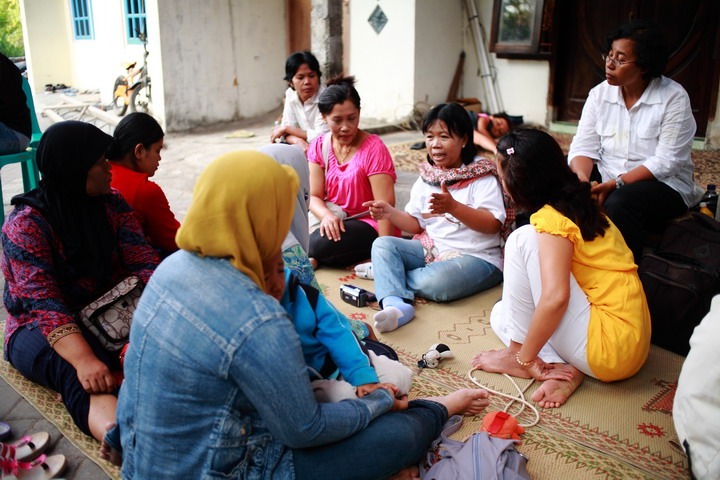
 some rights reserved
some rights reserved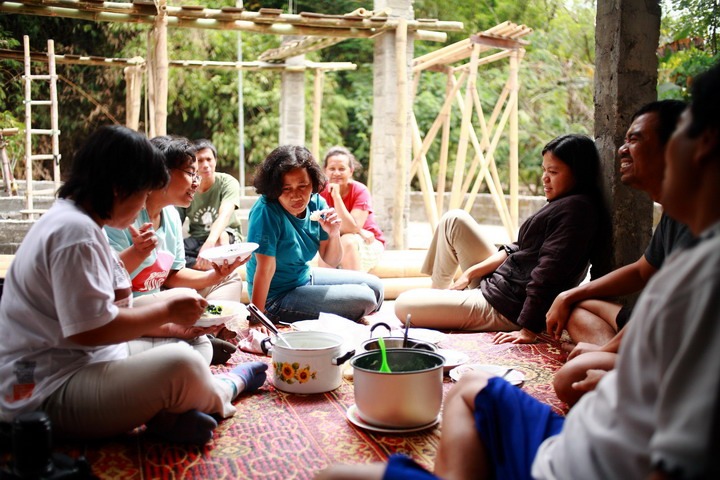
 some rights reserved
some rights reserved
 some rights reserved
some rights reserved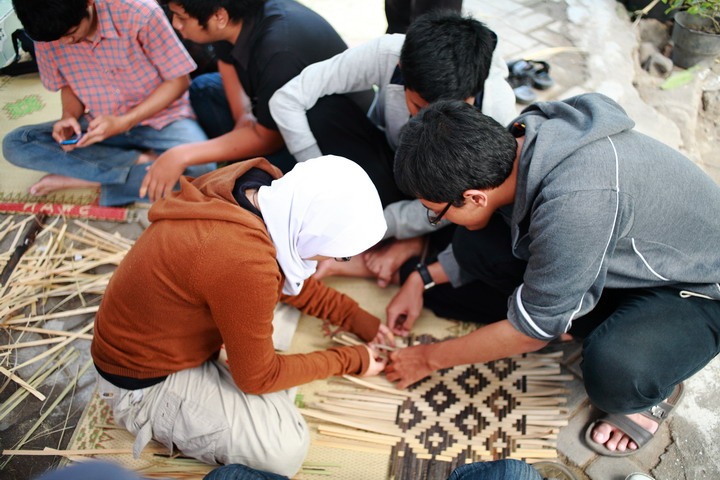
 some rights reserved
some rights reservedThere are three species of bamboo being used in the construction, they are the Javanese black bamboo (Gigantochloa atroviolacea), the rope bamboo (Gigantochloa apus), and the Southeast Asian giant bamboo (Dendrocalamus asper). The three bamboos are common in central Java.
To make a permanent structure, the bamboo poles were impregnated with borax and boric acid solution, a salt-based timber preservative that is fire-retardant and widely accepted as safe to environment. Instead of traditional lashing, galvanised-steel bolts and bamboo dowels were used in the joinery. This provides both reliability and practicality, allowing community members to participate in the construction.

 some rights reserved
some rights reserved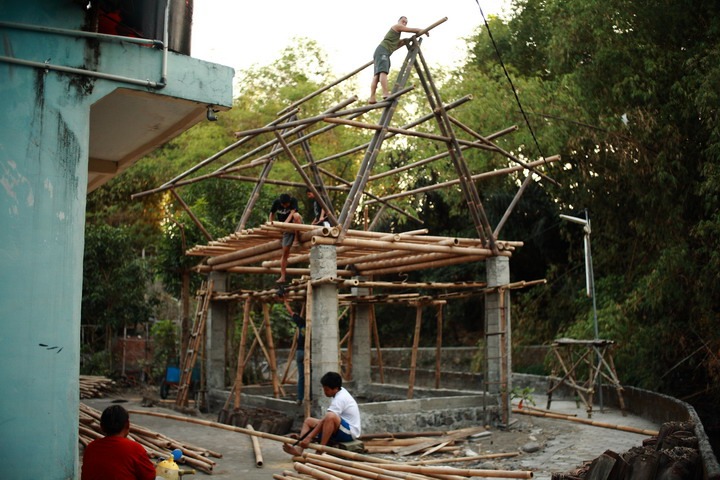
 some rights reserved
some rights reservedYogyakarta lies between Merapi volcano at forty kilometers to the north and Indonesian ocean at the same distance to the south. Volcano eruption and earthquake were among risks pose by nature. Annual seasons in this tropical hot-humid climate are monsoon and dry season at almost equal length during the year.
The community center in Jatimulyo is very much adapted to its nature. It is prepared for earthquake, storms, and flash flood. It is well-ventilated and well-shaded. The typology of frame structure on stilts with light infills is adapted from Indonesian vernacular architecture.
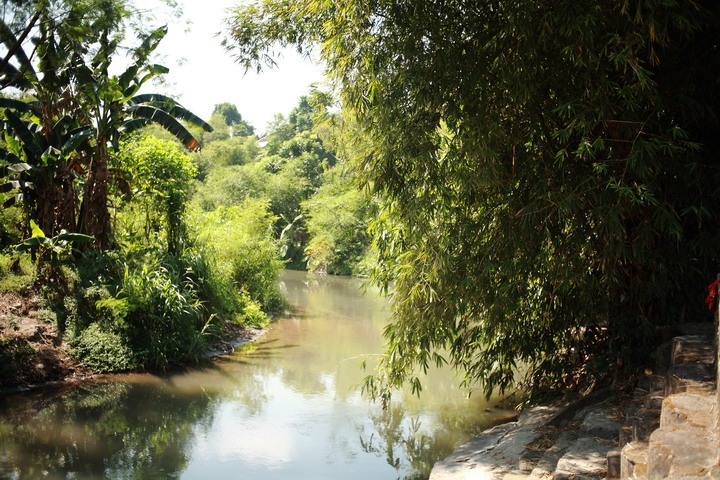
 some rights reserved
some rights reserved
 some rights reserved
some rights reserved
 some rights reserved
some rights reserved
 some rights reserved
some rights reserved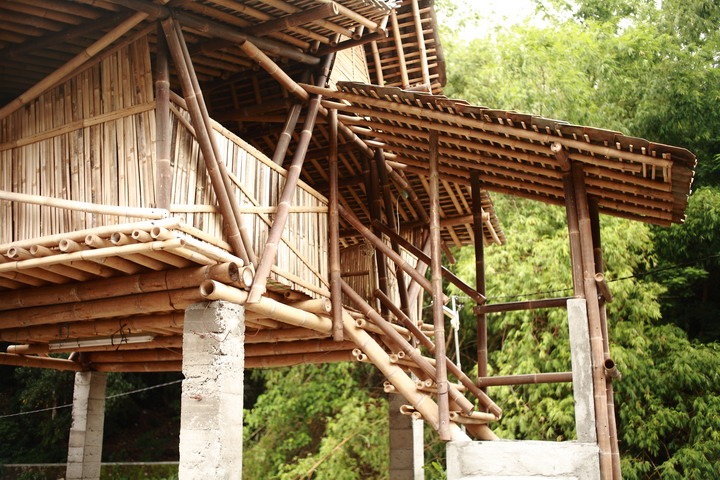
 some rights reserved
some rights reserved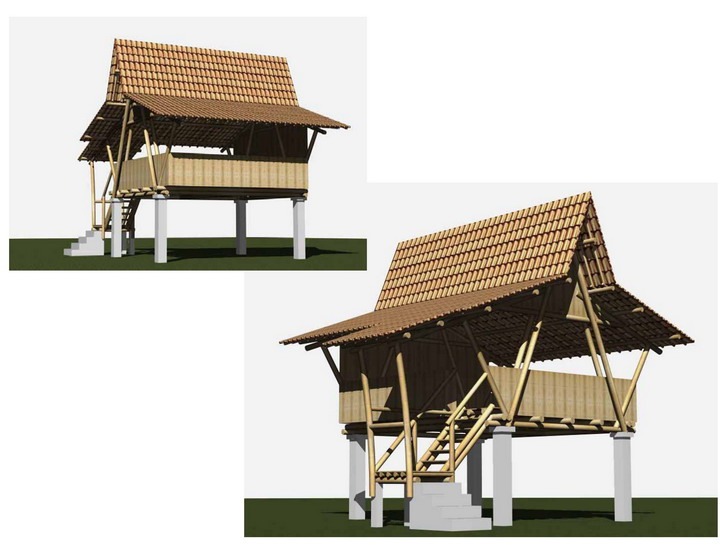
 some rights reserved
some rights reserved